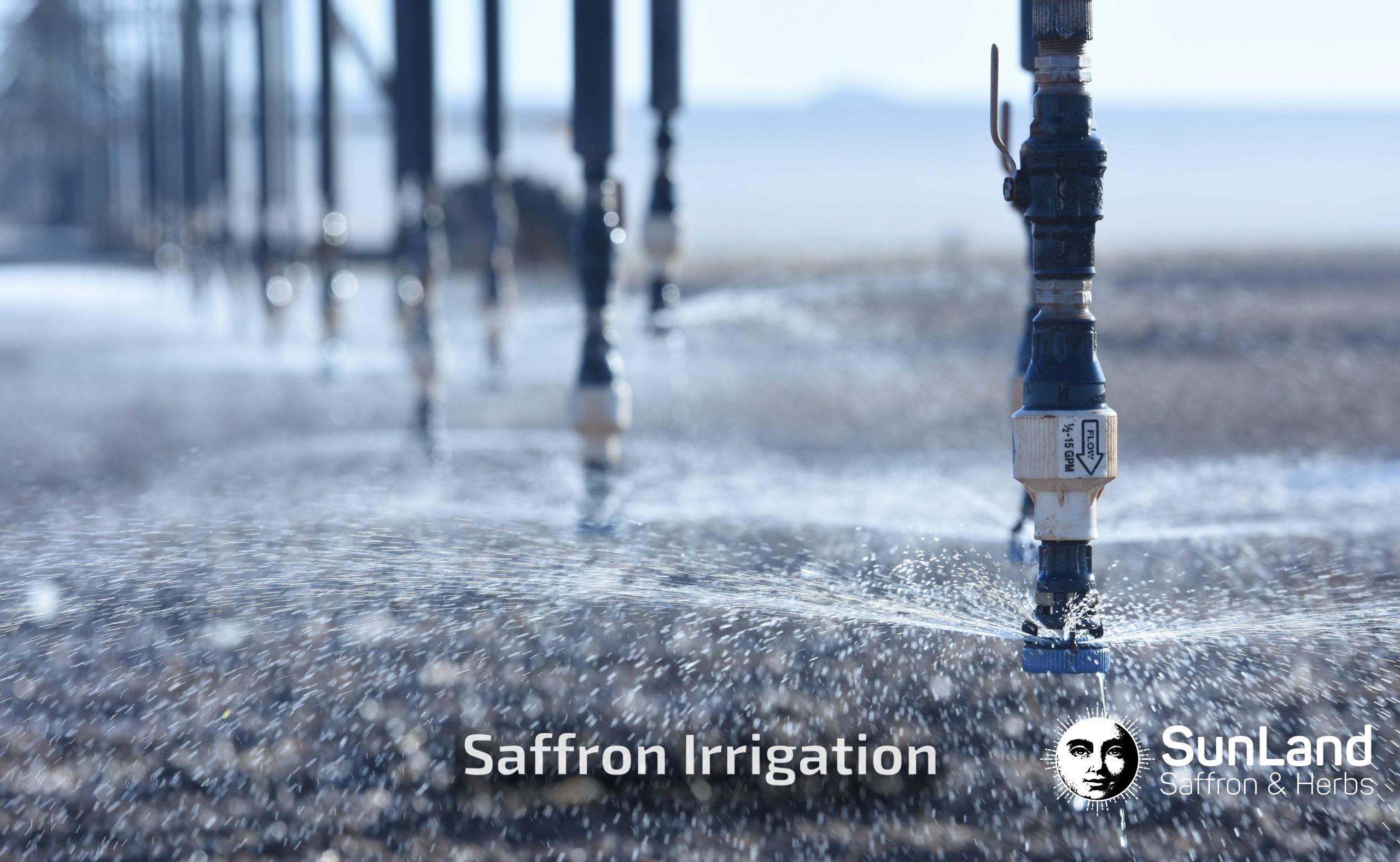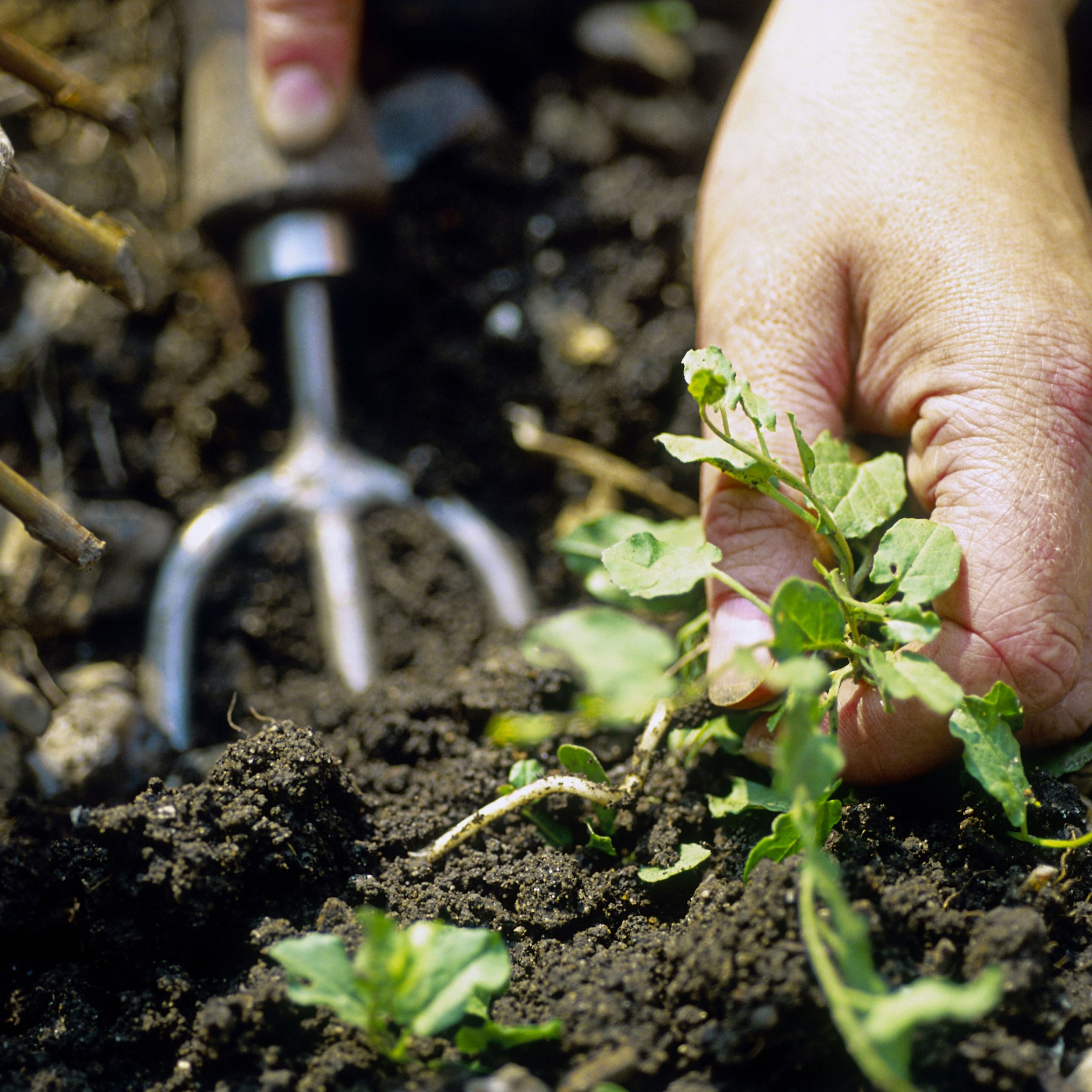Saffron Price in Saudi Arabia: A Comprehensive Guide for 2025
Saudi Arabia, as one of the largest saffron consumers in the Gulf region, holds a significant position in the global saffron market. Saffron is widely used in Saudi cuisine, traditional …

Now that the saffron corm is planted, farmers need to care for and maintain the saffron corm to facilitate its growth period. Various considerations need to be taken into account after cultivation and before harvest. The field and corm need to be maintained carefully, so as to achieve good saffron flower with great saffron stigmas. During the saffron growth period, fertilizing, irrigation, weed control, and protecting the plant from insects, rabbits, rodents, and potential diseases must be controlled.
The expertise and experience of farmers, plus development and training of new methods by related organizations play an important role during this time. Therefore, it is important to upgrade knowledge on how to take care of saffron plants in order to harvest great products.
Tip: Once a corm is planted, you should avoid walking in saffron fields. Corms are sensitive to being stepped on, and it may affect their survival.
Cultivating saffron, as an important stage in saffron production process, is fully explained in “Tips to Know Before Planting Saffron.”

Depending on the climate condition of the saffron region, the plant requires four irrigations:
The first irrigation (locally called Basar Irrigation): it is important to do the first irrigation on time. Depending on the region’s climate, the first irrigation must take place from mid-September to mid-October. If the region experiences early coldness, it should be done in September. Otherwise, mid-October would be more suitable. If it is done sooner than usual, the flowers grow sooner and the harvesting becomes difficult. In case the irrigation is delayed, the flowering time might coincide with cold weather conditions, which comprises the flower quality.
The second irrigation (locally known as Zaij or Zaj irrigation): This time, farmers should irrigate immediately after the end of flowering time.
The third irrigation (locally called Koolesh Irrigation): This is usually done from December to march, right after weeding the field.
The fourth irrigation (locally known as Zard or Death irrigation): This is the last irrigation step in the springtime. This irrigation helps to improve corm quality, and is normally done in April time.
Tip: in rainy winters, there is no need to irrigate the field and farmers should stop irrigation with the start of the saffron hibernation period.
Some researchers claim that summer irrigation of saffron fields increases the farm performance by 17% in newly-established and 40% in older farms of Khorasan province.

It is important to control weed growth as saffron plants are short in height. If not controlled, the weeds not only decrease the saffron flower performance but also makes the saffron plant prone to different fungal diseases.
The saffron weed control should be done by an expert, who should be careful to not walk on the corms, but to walk between plots. The weeding process should be done after each irrigation, after harvest time, and during spring, and summer to improve saffron plant quality.
Before the first irrigation, the farmers should nourish the soil with completely rotten manure. The type of fertilizer is decided based on the initial soil laboratory test, before first cultivation time. This soil test will be repeated every year to determine the nourishing needs of the soil.
From the second year of cultivation, saffron leaves are also tested. This test reveals the plant’s nourishing requirements. The results of the tests help farmers decide on the type of foliar spraying to nourish next year product.
The saffron plant may get three different fungal diseases before harvest time. Such fungal diseases can compromise the saffron quality greatly.
One of the main saffron diseases is Rhizoctonia Violaceae-Tul, which is resulted due to Saprophyte and Rihizoctonia Violaceae fungus attack to the corm. The corm’s external surface will become blue or purplish, in case of fungus attacks. After penetration to the corm body, some bumps will appear on the surface, which will rotten the corm and leaves. Rhizoctonia Violaceae-Tul also occurs for other products, such as potato, alfalfa, asparagus, and sugar beet.
Tacon is another type of fungal infection of saffron, which occurs due to Fumago infection. This normally grows on saffron leaves and gradually penetrates to the corm.

Disinfection of corms using Cerasan, Tritisan, and Granosan pesticides prevents and eliminates the expansion of such fungal diseases. However, if the plant is infected, the corms and leaves must be collected and burned.
Tip: Transferring saffron corms from an infected region to a new field will surely transmit the infection to new regions. Therefore, the corms should be checked before cultivation time to avoid planting infected saffron corms.
There are also other types of infections, insects, worms, and some animals which can lead to potential damage to the saffron plants. In summer, the green look of saffron appeals to goats, cows, rabbits, snails, and rats. If not controlled, these animals may eat saffron leaves as their daily food. A simple fence can help to drive animals away from saffron fields.

We briefly explained some of the main saffron cultivation considerations. Recently, with the rise of saffron cultivation knowledge and expertise of Iranian saffron producers, farmers use more efficient methods and strategies to take care of their saffron fields. Iran saffron producers focus more on the quality of saffron growth as the Iranian saffron has found more popularity around the world. SunLand saffron company, as a trusted Iranian saffron producer, takes advantages of the most knowledgeable, expert farmers to grow saffron in Khorasan province. The saffron fields are directly monitored, in terms of saffron quality and plant performance, to grow saffron according to the market needs.
Share this content:


Saudi Arabia, as one of the largest saffron consumers in the Gulf region, holds a significant position in the global saffron market. Saffron is widely used in Saudi cuisine, traditional …

Dubai, as a vibrant trade hub, is a leading market for saffron in the UAE. Its proximity to Iran, the world’s largest saffron producer, and its role as a re-export …

Saffron, known as the “red gold,” is one of the most expensive and sought-after spices globally. Understanding saffron quality is essential, whether you are a consumer, a chef, or a …

Saffron, known as the world’s most expensive spice, presents numerous challenges for producers. These challenges significantly impact both the quality and quantity of the final product. In this post, we …